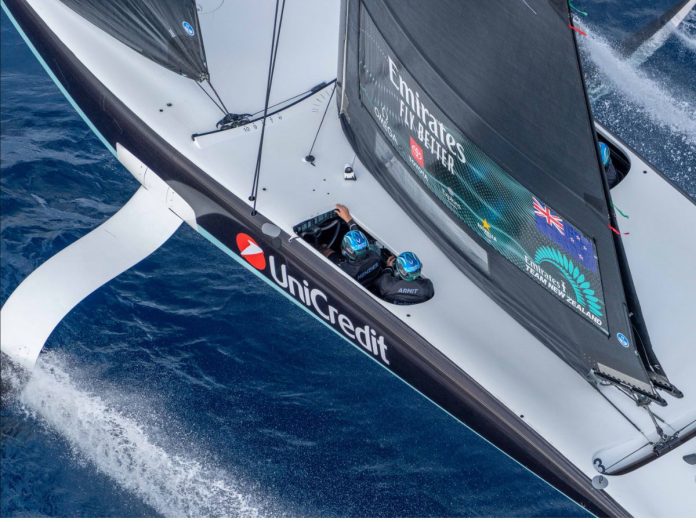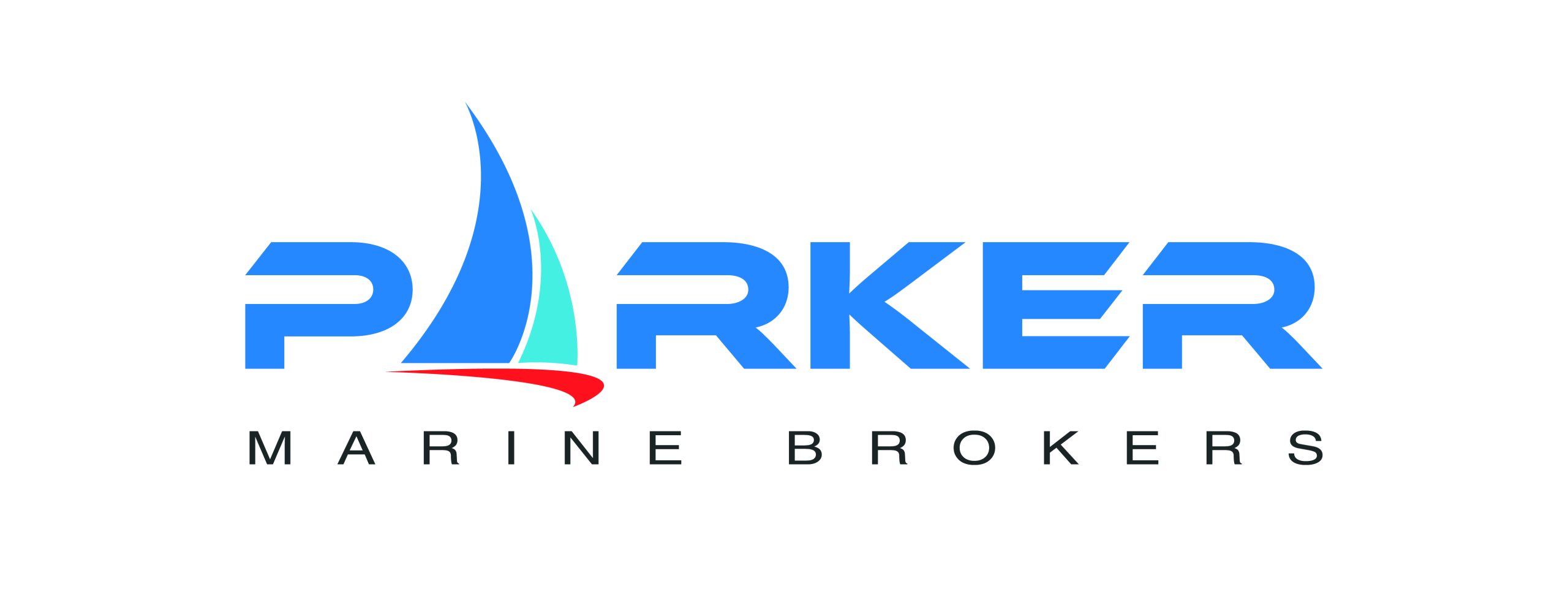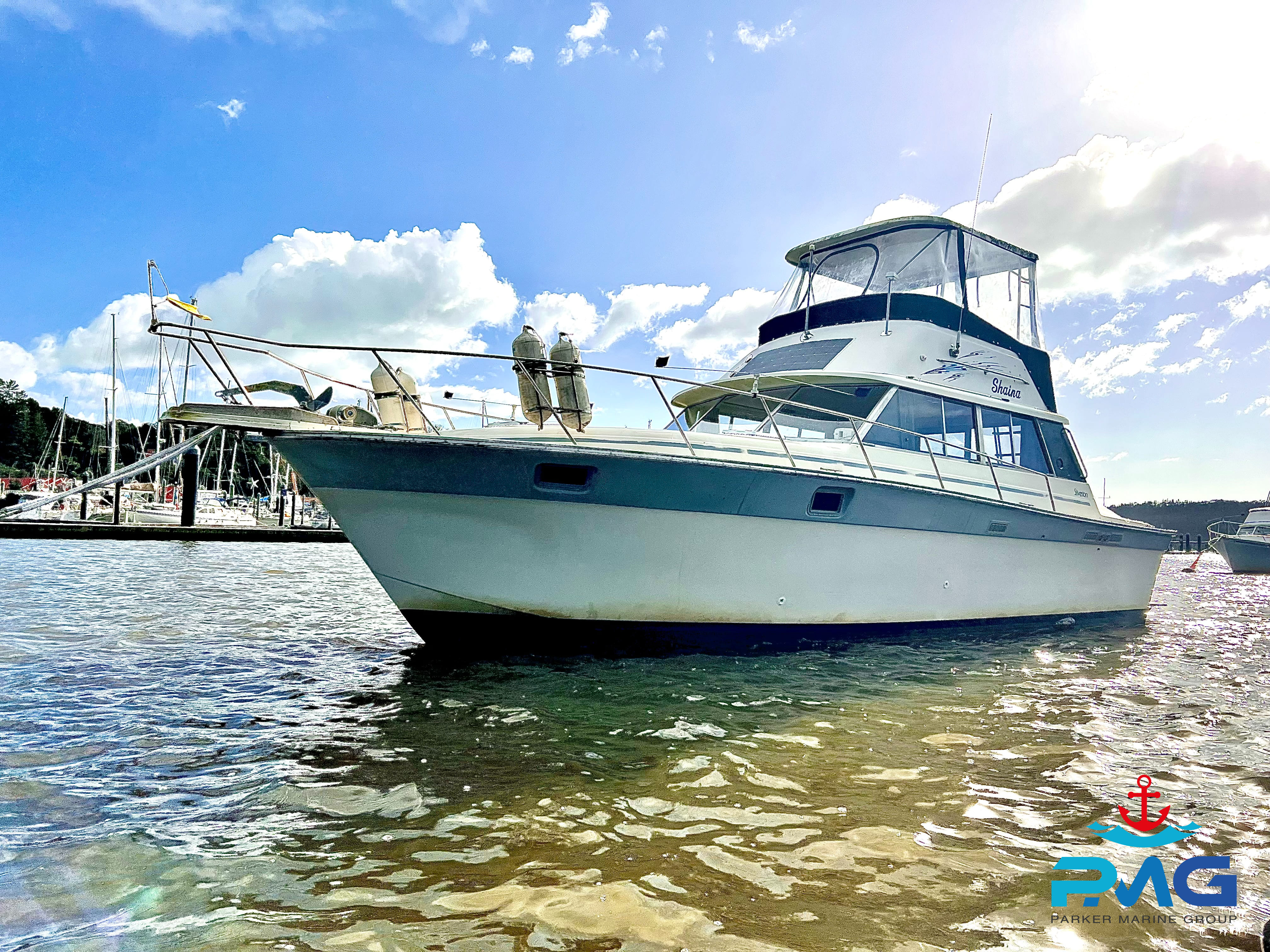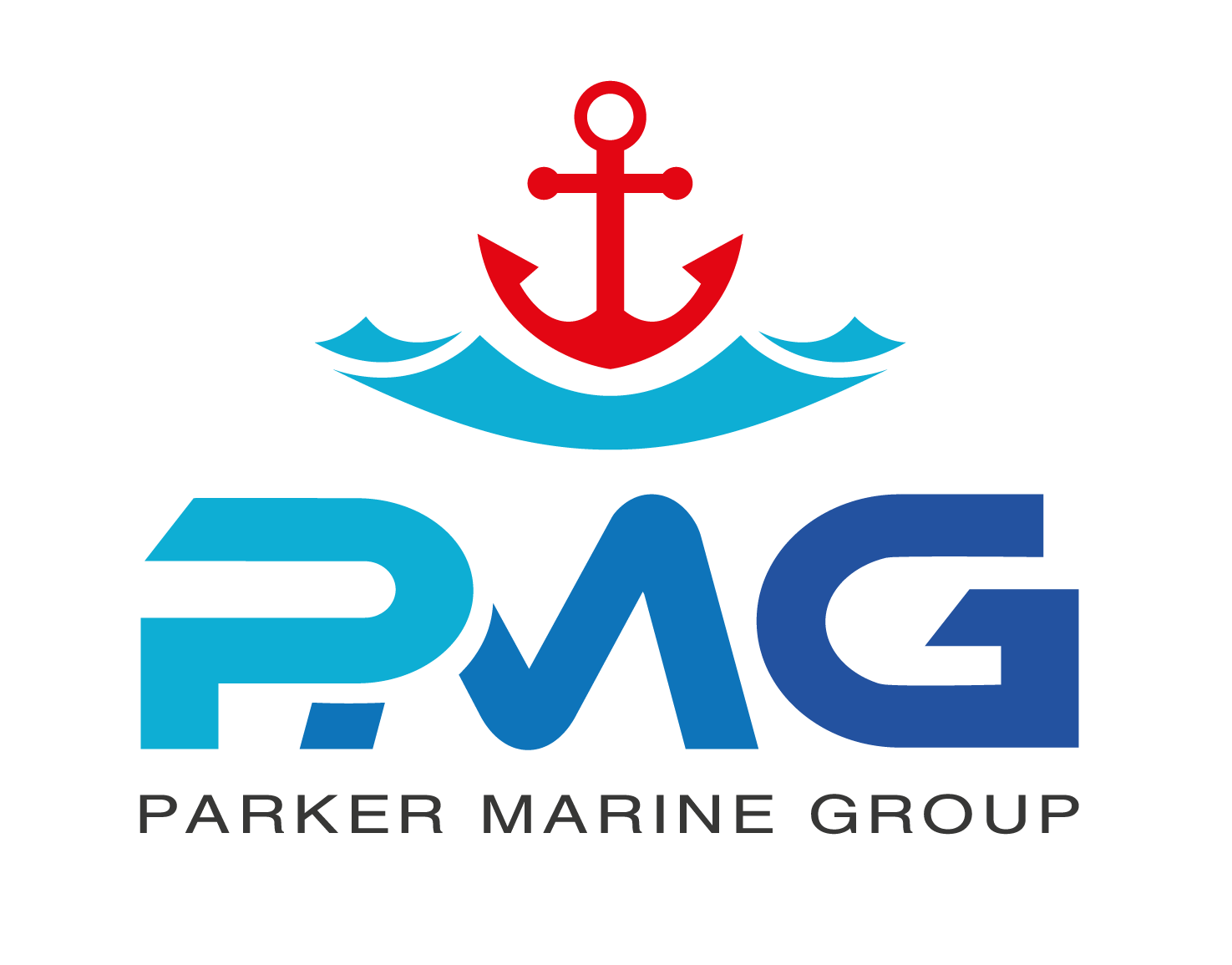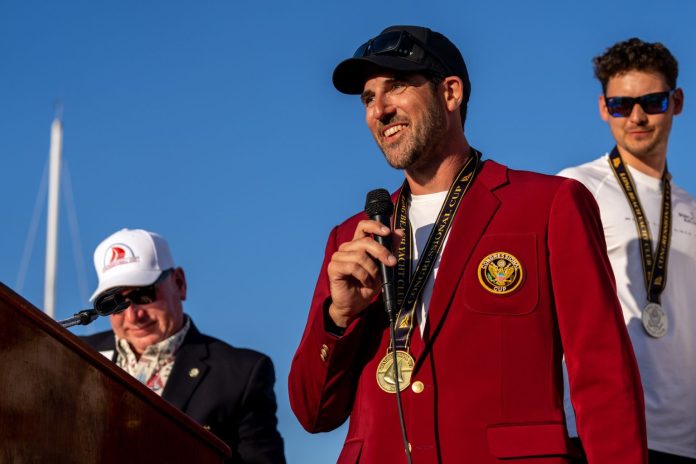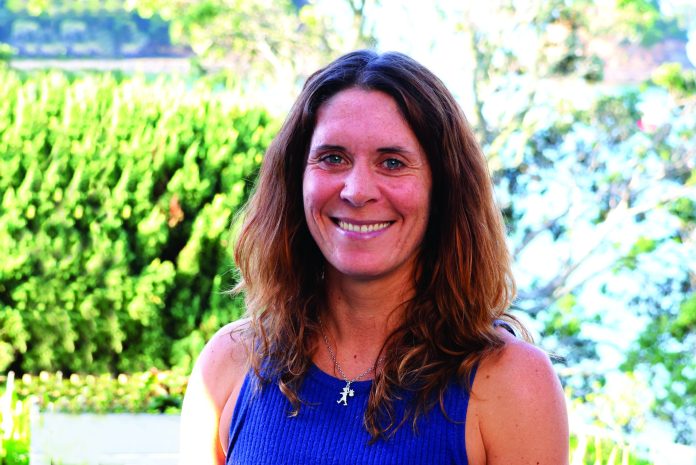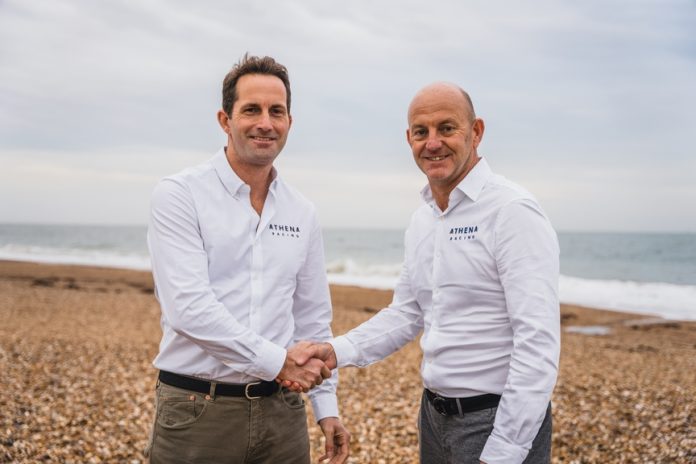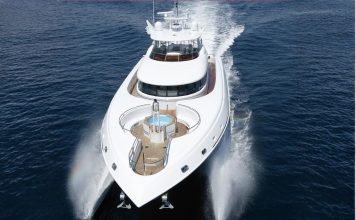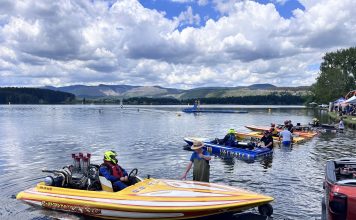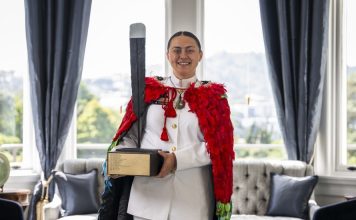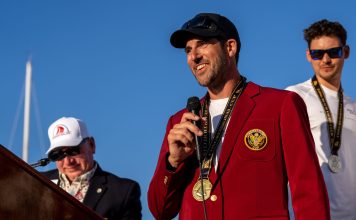Almost a year after Emirates Team New Zealand’s triumph in Barcelona, the defenders are back on the water in Auckland. But what of the mood? From the latest team news it seems they are deep in recalibration mode, rebuilding crew dynamics and priorities ahead of Naples 2027. Serious stuff, but there is much to achieve before they are back racing for the Cup.
The team has returned to training in its AC40, the smaller but equally sharp foiling boat that acts as a stepping stone to the AC75. A few years back I remember the training boat blasting past our much slower cruiser on the Waitematā; it was gone in a flash. That thing can move. For the team, hours on the Waitematā have merged with long simulator sessions inside the base, part of the methodical process of refining every move, every voice command, every data stream.
The big question is whether skipper Nathan Outteridge can fill the gap left by Peter Burling’s departure to Luna Rossa. Burling and Blair Tuke defined the team’s modern era, their cool precision driving back-to-back victories. Now Tuke stays on as a vital link while Outteridge must steady the ship, uniting experience and youth. He will need to rely heavily on the old guard of Andy Maloney, Chris Draper, Sam Meech, and Tuke himself, to hold the line while a new generation learns the ropes. There is no room for distraction, potentially no SailGP side gigs (but time will tell on that count), not when the next Cup will demand complete focus.
Four new sailors have joined the line-up, each bringing pedigree and promise. Three hungry young Kiwis: Josh Armit, fourth in the 2024 Olympics IQ Foil class; Seb Menzies, 2025 European Champion in the 49er and a Youth America’s Cup graduate; and Jake Pye, the youngest at 20, who has twice stood on the Moth Worlds podium.
Honouring a rising star: The JJ Rice Memorial Islands Race at Foil Bay of Islands
Alongside them, Jo Aleh, 39, a double Olympic medallist and former Female World Sailor of the Year who helmed in the Women’s America’s Cup. Her selection fulfils the new rule requiring a female sailor among the five-person crew. She is also the only woman named so far; one woman in five is progress, not parity — but it’s a start.
They are fast learners. The simulator sessions mirror their time on the AC40, each exercise designed to synchronise timing, voice, and foil control. Flight controller Maloney says watching them develop has been “impressive,” and it shows. The team room now buzzes with youthful drive balanced by seasoned calm, the essence of what Team New Zealand calls its recalibration.
That balance goes deeper than culture. The new rulebook for the 38th America’s Cup could reshape the sport as much as any design leap. Cyclors are out, batteries are in. The leg-powered grinders that made the Kiwis famous in Bermuda in 2017 are history. Nearly a decade later, every foil and flap will be powered by stored energy, meaning raw strength no longer decides who wins. Crews are down to five sailors, each multitasking like a Formula One engineer. Muscle has given way to precision, and perhaps before long, we’ll see more women racing at the sharp end of the Cup.
This shift reshapes training. Endurance is still vital, but precision and communication rule the day. The simulator has become the gym, where split-second coordination is drilled until instinctive. Outteridge and COO Kevin Shoebridge call it building depth; it is really a new mindset. These sailors are pilots and technicians as much as athletes. The AC75, still the fastest monohull on water, will now reward awareness and nerve more than raw power.
Cost containment is another new pillar. Teams must reuse hulls from either Auckland 2021 or Barcelona 2024, funnelling creativity into systems and foils instead of carbon-fibre arms races. That suits the Kiwis. ETNZ’s edge has always been design efficiency and system control. Where others spend to chase breakthroughs, the Auckland base refines, tunes, and finds speed in software and smarts.
For Aleh, Armit, Menzies, and Pye, that environment is both demanding and intoxicating. There is little ceremony, just data, drills, and expectation. Aleh brings composure and tactical instinct, Menzies an analytical brain, Armit explosive agility, and Pye an unfiltered hunger to prove himself. Together they form a small but potent wave of change under the watchful eye of Outteridge and his veterans.
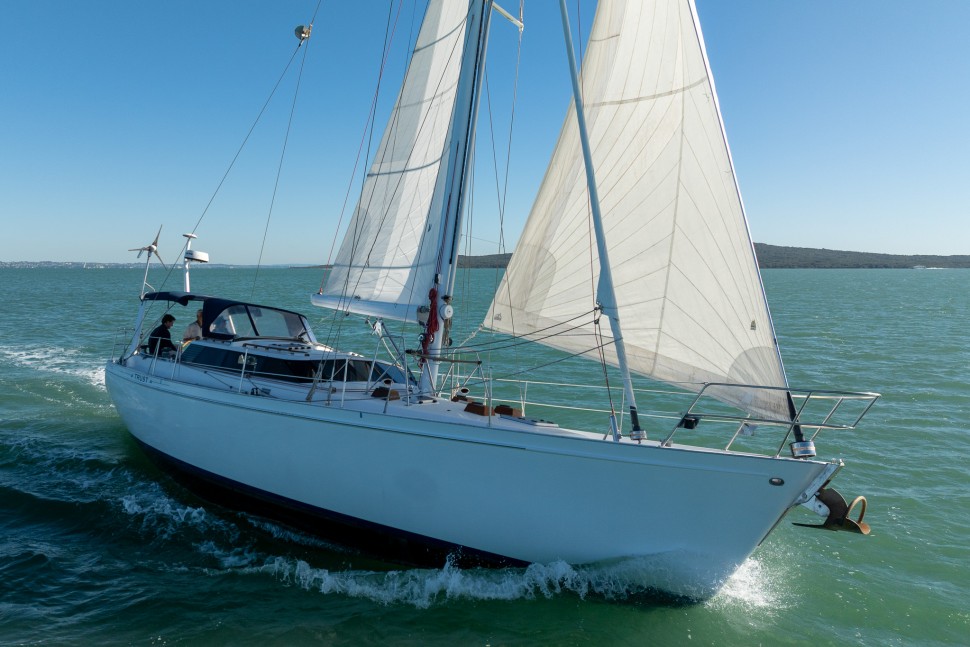
The wider America’s Cup scene mirrors the same realignment. Governance has shifted from the old defender-challenger rivalry to shared management across syndicates. It means the next event should be more stable, fairer, and less beholden to politics. But inside the teams, the effect is personal. With budgets capped, hulls reused, and new sustainability targets in place, there is no hiding behind excess. Every decision, from crew mix to energy use, matters.








